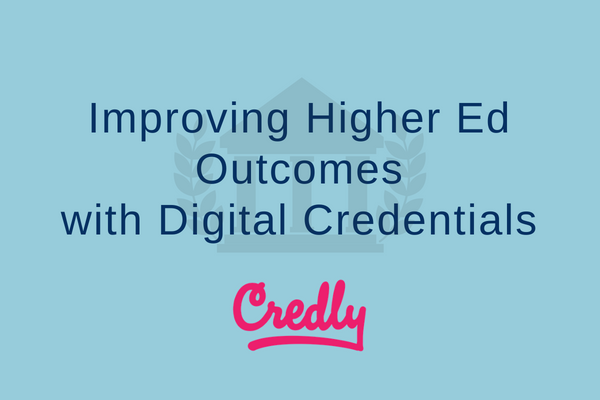
Competencies and skills are fast-becoming the currency of the labor market. To build a framework for recognizing and validating skills, colleges, universities, and K-12 schools are turning to digital credentials. Credly, the leader in digital credentialing, integrates with Canvas to make the process seamless for faculty and students.
Developing a robust digital credentialing program takes some planning, but a thoughtful approach can bring big benefits. Here’s a look inside how the University of Mississippi Medical Center (UMMC), a user of both Credly and Canvas, launched their program and the success they’ve found.
As the sole academic health science center serving the state of Mississippi, UMMC’s mission is to improve the health of all citizens of the state and promote excellence in health science education, biomedical research, and clinical service. The university serves a large earner base--13,000 faculty, students, and clinical staff make up the campus community--and they accommodate all of them in their digital credentialing program.
To start, UMMC defined areas of focus for the program. The university issues digital badges for four credential categories to serve all members of the campus community: professional development for faculty and staff; professional development for students; skills development for clinical staff; and simulation training for anyone directly involved with patient care.
Next, they formed a digital credential subcommittee to establish governance procedures. The subcommittee defined processes and requirements for creating and issuing digital credentials to ensure a high-level of quality and consistency. Key requirements: all UMMC digital credentials must include measurable learning objectives and corresponding assessments, and provide details about assessment methods and user benefits.
UMMC worked with Credly to implement these governance processes in the platform, and implemented the Credly-Canvas integration to enable digital credentials to be issued by completion of Canvas modules or other assignments.
The university finds that giving students access to earned credentials in Canvas, a location they are already using, is convenient and keeps them on their radar. And, it gives faculty the ability to link credentials to a specific course and complete all required actions in one location, saving them time.
Other benefits that UMMC sees in the Canvas-Credly integration: eliminating redundant actions, like uploading student lists in Credly to issue credentials, and saving faculty time in tracking student task completion by using Canvas module requirements to trigger credentials.
In just two years, UMMC has issued nearly 600 digital credentials and has seen improvements to faculty, staff, and student outcomes. “Digital credentials provide us with the opportunity to advertise programs to interested participants and build a network of individuals who hold similar credentials with the potential to grow into learning communities,” says Heidi Shoemake, Senior IT Program Manager at UMMC, who is leading the university’s Credly-Canvas integration.
She adds that “a digital credential provides our students with a mechanism to demonstrate to potential employers specific knowledge and skills obtained during their education at UMMC that may not be reflected on a transcript or resume.”
Learn more about the benefits of the Credly-Canvas integration here.
This post originally appeared on the Canvas blog.